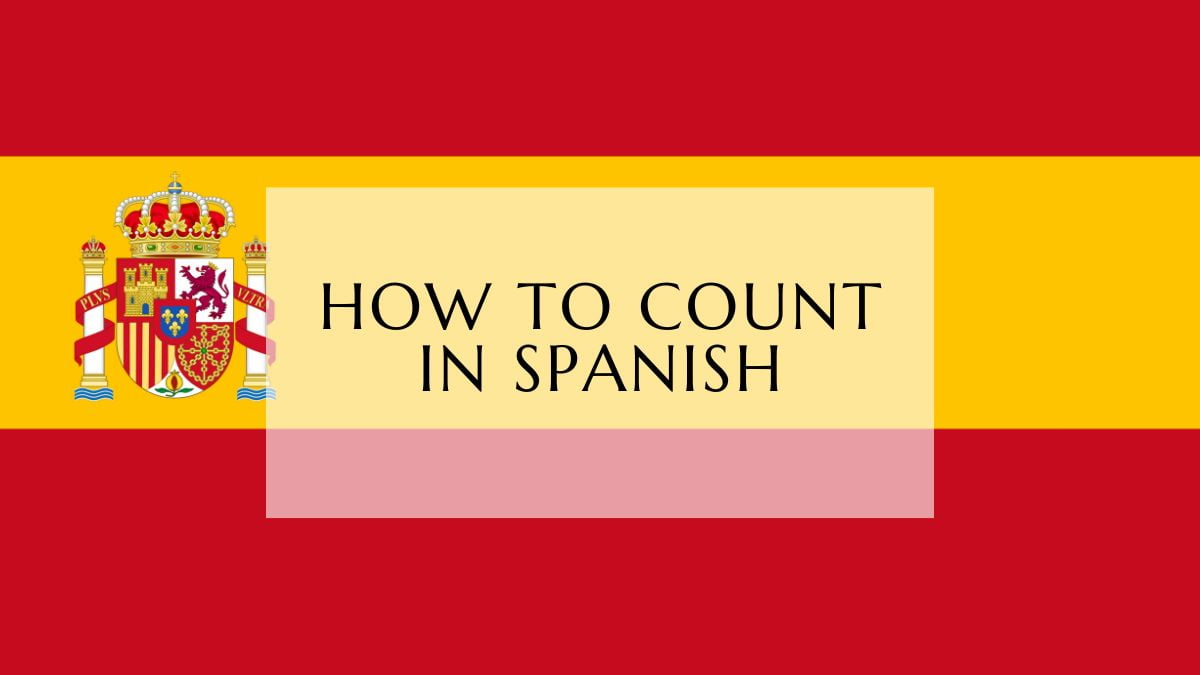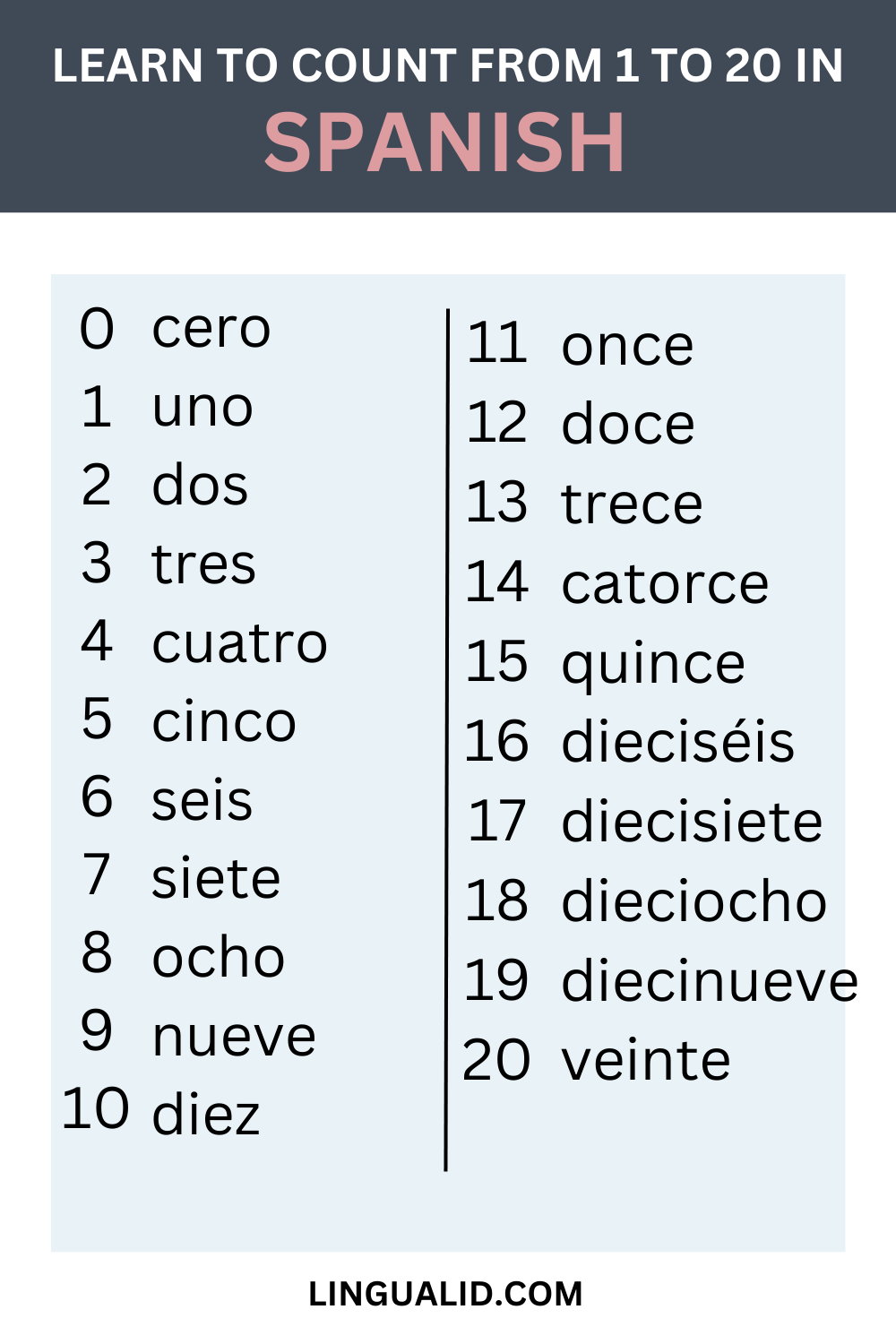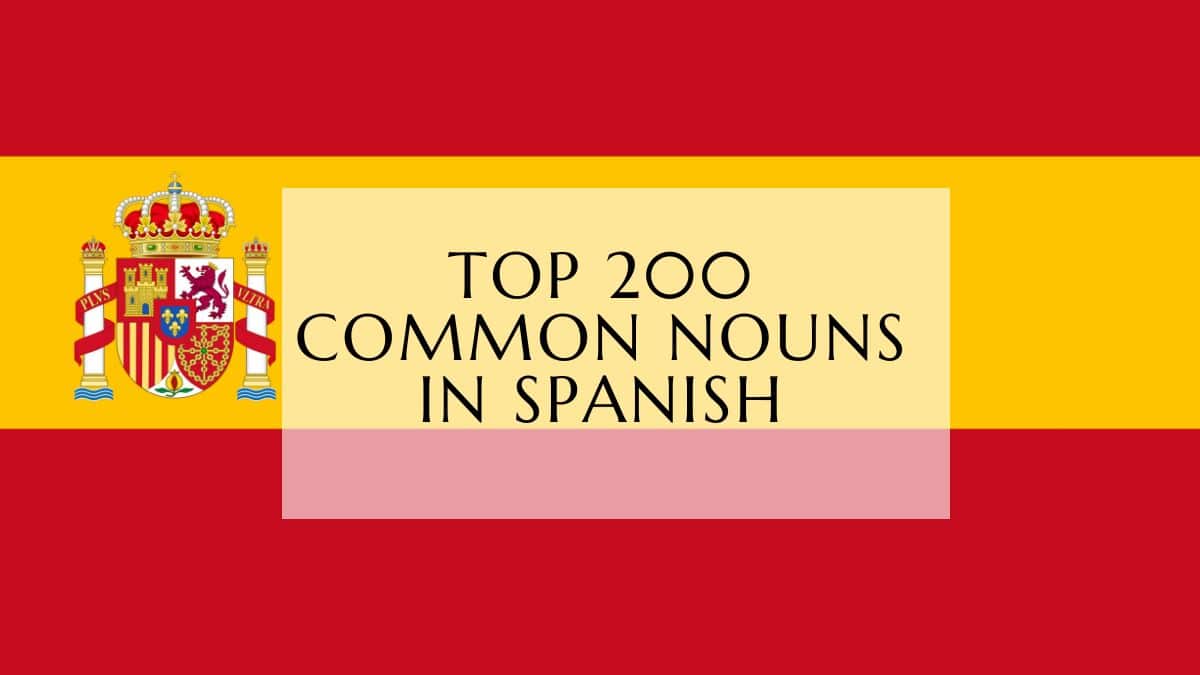Learning how to count in Spanish is a basic yet very important skill to any Spanish language learner, using it you can tell the hour, and your age, understand the cost of something or even tell how long you’re staying in a certain place.
So in this post, you will learn how to count from 0 to 20 in Spanish (with audio) and then learn how to say numbers until 1 Billion! yes, you read it right.

Counting From 0 To 20 In Spanish
| Number | Spanish |
| 0 | cero |
| 1 | uno |
| 2 | dos |
| 3 | tres |
| 4 | cuatro |
| 5 | cinco |
| 6 | seis |
| 7 | siete |
| 8 | ocho |
| 9 | nueve |
| 10 | diez |
| 11 | once |
| 12 | doce |
| 13 | trece |
| 14 | catorce |
| 15 | quince |
| 16 | dieciséis |
| 17 | diecisiete |
| 18 | dieciocho |
| 19 | diecinueve |
| 20 | veinte |
Note: you can practice what you’ve learned here, and learn how to pronounce each of the words in our Memrise course here, don’t know how to use the platform or sign up? we’ve got you covered in this easy-to-follow tutorial here.

While counting anything “one” have two versions (un/una) that agree with the genders of the things that are counted, e.g:
One boy – un chico
One girl – una chica
Un/una can also mean “a”, for example: a boy / un chico
Multiples Of 10
| Number | Spanish |
| 10 | diez |
| 20 | veinte |
| 30 | treinta |
| 40 | cuarenta |
| 50 | cincuenta |
| 60 | sesenta |
| 70 | setenta |
| 80 | ochenta |
| 90 | noventa |
“Cien” vs “Ciento”
We use “cien” to say “one hundred” of something (EXACTLY ONE HUNDRED) if you’d like to say 100 followed by any other number, you would instead use “ciento“:
100 – cien
101 – ciento uno
102 – ciento dos
154 – ciento cincuenta y cuatro
Hundreds And Beyond
| Number | Spanish |
| 100 | cien |
| 200 | doscientos |
| 300 | trescientos |
| 400 | cuatrocientos |
| 500 | quinientos |
| 600 | seiscientos |
| 700 | setecientos |
| 800 | ochocientos |
| 900 | novecientos |
Counting From 1000 To 9000
In the following list, you will notice that “mil” (one thousand) doesn’t change in the plural form (e.g. 2000 dos mil), while “millón” does change (e.g. 2000000 dos millones)
| Number | Spanish |
| 1000 | mil |
| 2000 | dos mil |
| 3000 | tres mil |
| 4000 | cuatro mil |
| 5000 | cinco mil |
| 6000 | seis mil |
| 7000 | siete mil |
| 8000 | ocho mil |
| 9000 | nueve mil |
Let’s see some big numbers:
| Number | Spanish |
| 10000 | diez mil |
| 20000 | veinte mil |
| 30000 | treinta mil |
| 40000 | cuarenta mil |
| 100000 | cien mil |
| 200000 | doscientos mil |
| 500000 | quinientos mil |
| 1.000.000 | un millón |
| 2.000.000 | dos millones |
| 1.000.000.000 | billón |
| 5682 | cinco mil ochenta y dos |
| 2022 | dos mil veinte dos |
| 2006 | dos mil seis |
| 6400 | seis mil cuatrocientos |
That was our lesson on how to count in Spanish, try to practice as much as possible to get used to it.
Spanish Numbers: A Study Guide
Quiz
Instructions: Answer the following questions in 2-3 sentences.
- Explain the difference between “cien” and “ciento” and provide an example of each.
- How do you say the number 1,050 in Spanish? Explain your reasoning.
- What is unique about the Spanish word “mil” when used in numbers larger than 1,000?
- Provide the Spanish translations for “one boy” and “one girl” and explain the grammatical rule at play.
- How do you say “2,000,000” in Spanish? What grammatical rule applies to the word for “million” in this context?
- Translate the following years into Spanish: 1998, 2001, 2023.
- What is the significance of the conjunction “y” when expressing numbers in Spanish? Provide an example.
- What are the Spanish translations for the numbers 80 and 90?
- How do you say “16” in Spanish? What makes this number’s spelling unique?
- Besides stating age, what are two practical uses for Spanish numbers?
Quiz Answer Key
- “Cien” is used only for the number 100 (“cien pesos”). “Ciento” is used when 100 is followed by another number (“ciento uno”).
- 1,050 in Spanish is “mil cincuenta.” “Mil” represents “thousand,” and “cincuenta” represents “fifty.”
- “Mil” remains singular regardless of the quantity, unlike other numbers in Spanish. For example, 2,000 is “dos mil” not “dos miles.”
- “One boy” is “un chico” and “one girl” is “una chica.” This demonstrates the grammatical concept of gender agreement, where adjectives and articles must match the gender of the noun.
- “2,000,000” in Spanish is “dos millones.” “Millón,” unlike “mil,” takes a plural form when expressing quantities greater than one.
- 1998: “mil novecientos noventa y ocho”; 2001: “dos mil uno”; 2023: “dos mil veintitrés.”
- The conjunction “y” (and) is used to connect the tens and units place in numbers above 20, For example, 21 is “veintiuno” (twenty and one).
- 80 is “ochenta” and 90 is “noventa” in Spanish.
- 16 in Spanish is “dieciséis.” It is unique for having an accent mark over the “e.”
- Besides age, Spanish numbers are useful for telling time and expressing prices.
Happy learning!
Oualid Cheddadi is the founder of Lingualid, a platform that inspires independent language learners worldwide, regardless of the language they are learning. The name “Lingualid” is derived from the Portuguese word for “language,” “língua,” and the last three letters of Oualid’s name, “Lid.”



